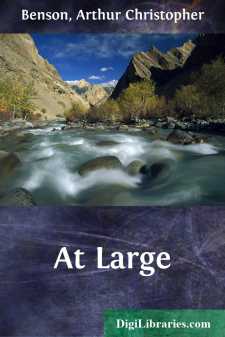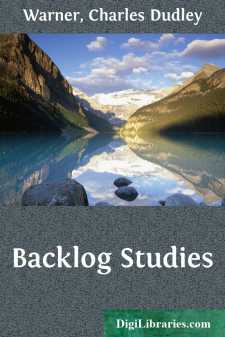Categories
- Antiques & Collectibles 13
- Architecture 36
- Art 48
- Bibles 22
- Biography & Autobiography 813
- Body, Mind & Spirit 142
- Business & Economics 28
- Children's Books 17
- Children's Fiction 14
- Computers 4
- Cooking 94
- Crafts & Hobbies 4
- Drama 346
- Education 46
- Family & Relationships 57
- Fiction 11829
- Games 19
- Gardening 17
- Health & Fitness 34
- History 1377
- House & Home 1
- Humor 147
- Juvenile Fiction 1873
- Juvenile Nonfiction 202
- Language Arts & Disciplines 88
- Law 16
- Literary Collections 686
- Literary Criticism 179
- Mathematics 13
- Medical 41
- Music 40
- Nature 179
- Non-Classifiable 1768
- Performing Arts 7
- Periodicals 1453
- Philosophy 64
- Photography 2
- Poetry 896
- Political Science 203
- Psychology 42
- Reference 154
- Religion 513
- Science 126
- Self-Help 84
- Social Science 81
- Sports & Recreation 34
- Study Aids 3
- Technology & Engineering 59
- Transportation 23
- Travel 463
- True Crime 29
Brazilian Sketches
Categories:
Description:
Excerpt
CHAPTER I.
We had sailed in a southeasternly direction from New York twelve days when we rounded Cape St. Roque, the easternmost point of South America. A line drawn due north from this point would pass through the Atlantic midway between Europe and America. If we had sailed directly south we should have touched the western instead of the eastern coast, for the reason that practically the entire continent of South America lies east of the parallel of longitude which passes through New York.
After sighting land we sailed along the coast three days before we cast anchor at Bahia, our first landing place. Two days more were required to reach Rio de Janeiro. When we afterwards sailed from Rio to Buenos Aires, Argentina, we spent three and one-half days skirting along the shore of Brazil. For eight and one-half days we sailed in sight of Brazilian territory, and had we been close enough to shore north of Cape St. Roque, we should have added three days more to our survey of these far-stretching shores. Brazil lies broadside to the Atlantic Ocean with a coast line almost as long as the Pacific and Atlantic seaboards of the United States combined. Its ocean frontage is about 4,000 miles in length.
This coast line, however, is not all the water front of Brazil. She boasts of the Amazon, the mightiest river in the world. This stream is navigable by ships of large draught for 2,700 miles from its mouth. It has eight tributaries from 700 to 1,200 miles and four from 1,500 to 2,000 miles in length. One of these, the Madeira, empties as much water into the larger stream as does the Mississippi into the Gulf. No other river system drains vaster or richer territory. It drains one million square miles more than does the Mississippi, and in all it has 27,000 miles of navigable waters.
The land connections of Brazil are also extensive. All the other countries on the continent, save Chili and Ecuador, border on Brazil. The Guianas and Venezuela, on the north; Colombia and Peru on the west; Bolivia, Argentina, Paraguay and Uruguay on the south—eight countries in all.
It is indeed a vast territory. The United States could be placed within its borders and still there would be left enough Brazilian territory to make a State as large as Texas.
Almost from the time we sighted land until we rounded the cape near Montevideo, we could see the mountains along the shore. The mountains extend far interior and up and down the length of the country. The climate of the tropical Amazon Valley is, of course, very hot, but as soon as the mountains are reached on the way south the climate even in the tropical section is modified. The section south of Rio, on account of the mountains and other forces of nature, has a temperate climate, delightful for the habitation of man. Each of these great zones, the tropical, the subtropical and the temperate, is marked more by its distinctive leading products than by climate. Each of these sections yields a product in which Brazil leads the world....












